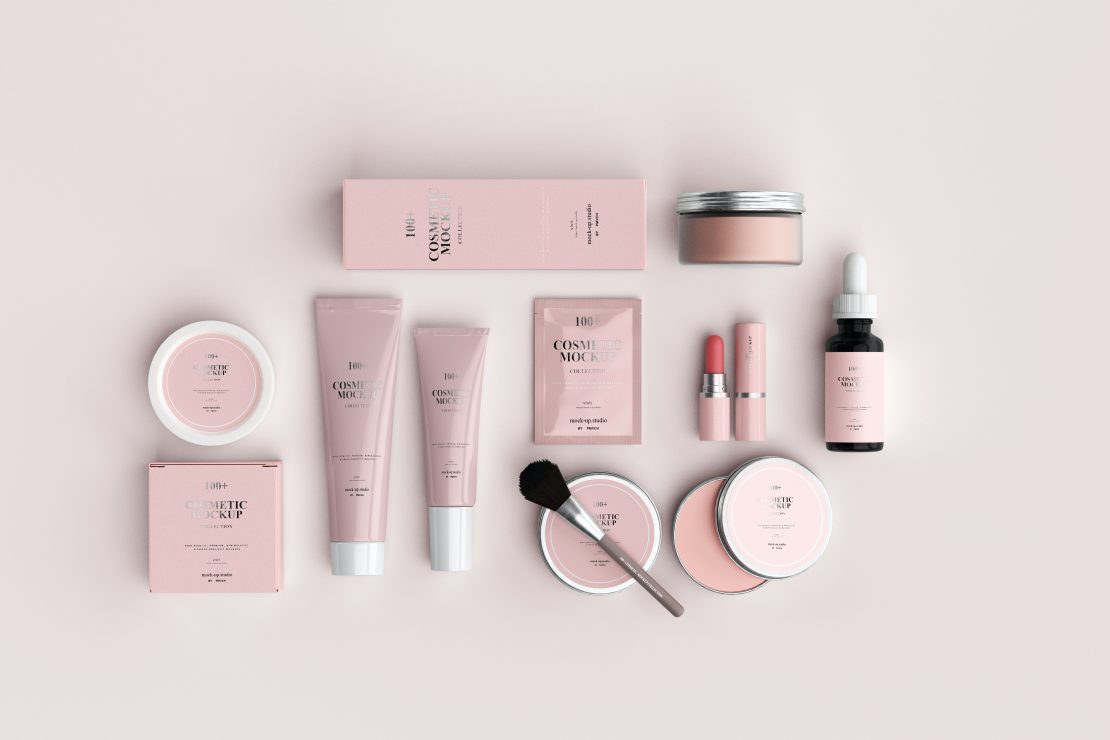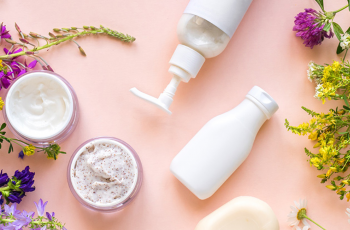How to Design a Skincare Product
Are you new to the skincare industry and want to design your own skincare range, but don’t know where to start? If you feel confused by different ingredients, and their benefits and don’t know how to create your product, we can help!
Here are some tips from the My Skincare Manufacturer’s Research & Development Team on how to start:
- Do Your Research!
The key to knowing what you want to create is to understand what goes into making the product. You will need to understand the requirements of your product, the market you are targeting as well as how you will make a profit. Research your competitors and find out what makes their product sell. Questions to think about include:
- Why are specific products trending?
- What ingredients do they use?
- Who are they targeting?
- How are they reaching their target audience?
- What do you like and/or dislike about competitor products on the market?
- Plan Your Time & Budget
Creating a brand is an investment and the financial aspect should be thoroughly considered before making the jump. Not only do you need to consider initial development and ongoing manufacturing costs, but also budgeting in your ongoing time and expenses for the long term. This may or may not include:
- Design costs (company branding, website creation, labelling, custom packaging)
- Promoting your brand through marketing (social media content, email offers, customer loyalty promotions)
- Creating, sharing, and collaborating relevant content (customer reviews, competitions/promotions)
- Managing product sales
- Product testing (PET/Stability testing, dermatological testing, clinical trials)
You will also need to consider future products and where they will fall into the plan for your business. Budgeting and structured planning will prepare you for all the challenges of owning a brand.
- Establish Your Brand & Target Market
The skincare industry is extremely competitive, so it is important to consider your point of difference and who your product will be designed for to stand out on the market. Points to consider include:
- What is your brand about?
- Who are you designing your product for?
- What problem is your product trying to solve?
- Where will you be promoting and selling your product?
- What will make your product stand out?
- Which marketing or social media platforms will work for this product?
It often helps to think from the perspective of the group you are targeting. Calculating and assessing why your target market should purchase your product instead of a competitor product will assist with designing a stronger marketing strategy. This is also an important time to strategize your short term and long-term brand goals and how you will sustain your brand.
- Your Product Design
Once you are clear on your product and brand concept, and what and who you are targeting, you will need to look at how to do that with your formulation and what this will look like. This is where you will combine all the research collected about your target market as well as the core ethics of your brand/business to incorporate this into your product design as this will also assist with what packaging choices and label certifications you will make for your product. Some points to think about include:
- Vegan: Are you wanting your products to be plant based only?
- 100% Natural: Are you against the use of synthetic ingredients and artificial fragrances?
- Cruelty-Free: Do want to ensure that no animal testing is conducted with your products?
- Sustainability: Are you focused on reducing your carbon footprint and protecting the environment?
- Formulation
When creating a formulation, you will work alongside the R&D Team who can provide suggestions on what will work for your product; however, having a strong direction or vision of what you want out of your product assists with setting expectations. Here is a summary of the questions you will need to consider for the formulation:
- Products Features & Benefits: What problem are you solving?
- Target Market: Who’s problem are you solving?
- Key Ingredients: How can specific ingredients help solve this?
- Texture/Scent/Look/Feel: What does your target market like?
- Business Ethics: What does your business stand for? What is your business about?
- Packaging
It is no exaggeration when we say that your selection of packaging can make-or-break your product! We highly recommend assessing all aspects of how your product will be used to help determine your final packaging selection. Some points to consider include:
- How will your product be dispensed?
- Where will your product be used and stored?
- Will your formulation be light sensitive?
- Will your packaging need to be customised?
It’s also important to make sure that your manufacturer can fill your product into your chosen packaging. Always discuss with your manufacturer and send a sample of the packaging prior to manufacturing for them to test!
- Responsibilities as the Brand Owner
As a final note, it is exciting and fulfilling to have your own brand, but unfortunately, it is not always smooth sailing! Owning a brand is high risk, and as the brand owner you are responsible for the growth, stability, and operation of the business which takes time, persistence, and a lot of strategic planning.
Unforeseen situations such as low product sales, unexpected delays with production, financial issues, or product recalls will occur and as the brand owner, you will be expected to risk assess these scenarios and effectively implement solutions to resolve the issues at hand.
As we unfortunately cannot provide business or legal advice to our clients, we always advise reaching out to a business consultant or your legal team to assist with risk assessment.
Are you ready to bring your skincare product idea to life?
Contact us at info@myskincaremanufacturer.com.au to request our company brochure and product brief or schedule a 15-minute initial consultation to discuss the process with us via our website.






